Engineered fabric buildings have helped the timber industry increase efficiency by protecting their machinery and provide lodging for workers.
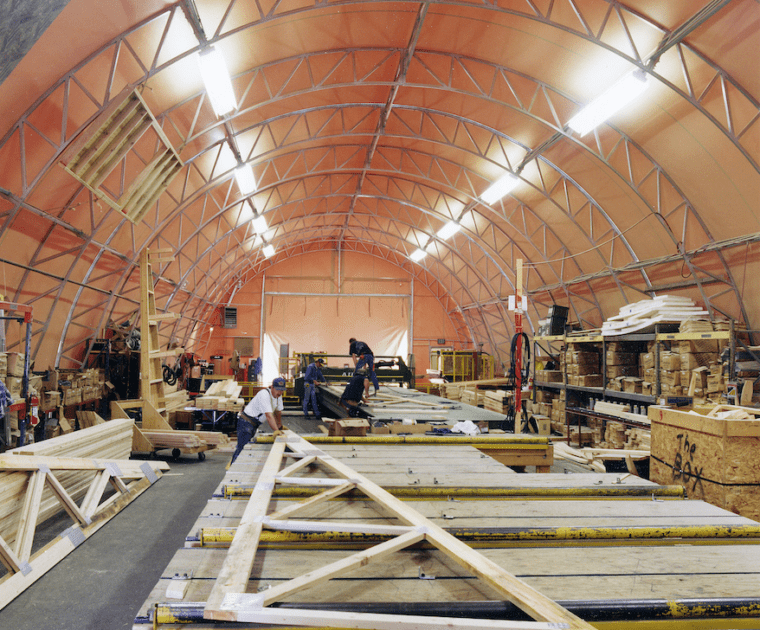

Engineered fabric buildings have helped the timber industry increase efficiency by protecting their machinery and provide lodging for workers.

As a construction material, concrete can be used in a variety of applications. Special considerations must be made for its storage during the winter.

Learn about the different modular office building spaces for mining facilities, construction projects, heavy industrial engineering, power plants and other facilities. These extremely durable, portable fabric structures are engineered to offer the versatility and cost-effectiveness required for these types of applications.
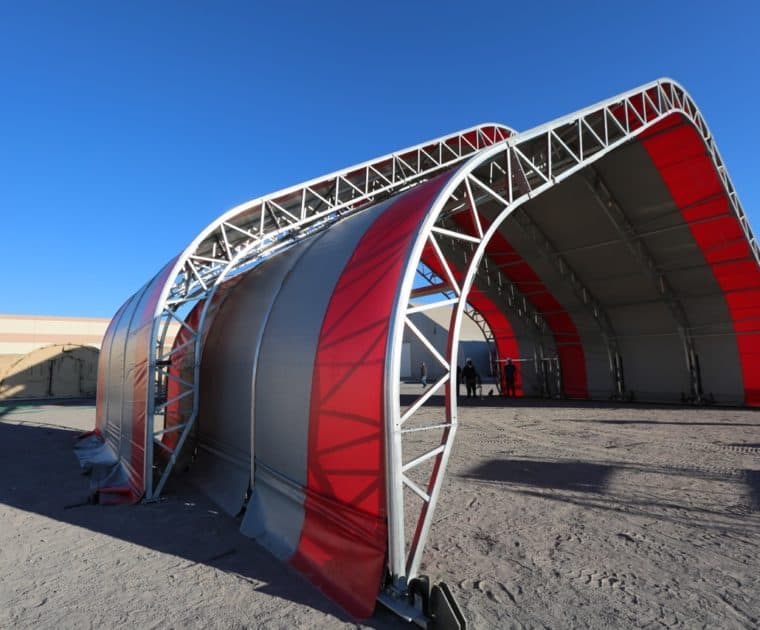
The Alaska Structures rolling system transforms our portable fabric buildings into modular covered workspaces for mining sites, shipyards, and sandblasting shops. Contact us today to learn more!

Traditionally, construction companies have used brick and mortar buildings while working on projects for their strength and durability. With new breakthroughs in technology, however, fabrics are now stronger and more durable than ever. They are being used in fabric buildings to house equipment and tools, and more site managers are using them. The obvious major benefit of using fabric buildings are lower operational costs. However, fabric buildings are also great because of mobility, easy setup, and customization. They are comparable to the buildings used in the past, without compromising efficiency. Alaska Structures offers several fabric building options to fulfil construction needs.
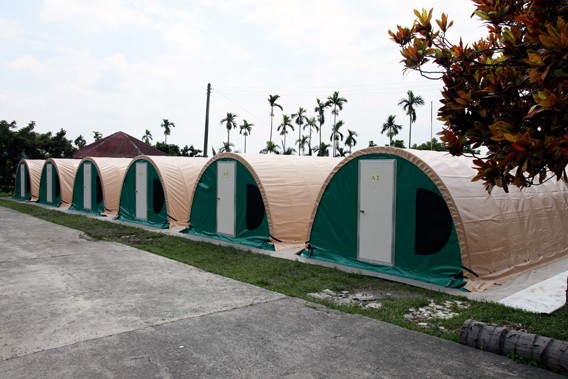
Quonset Huts got their first use in navy operations during World War II. Named for the Naval Air Station where the hut first appeared, it can serve a variety of purposes today. These hooped buildings serve housing needs, workshops, mining operations and research camps, and more. There is a variety of benefits to using Quonset Huts in private and public business operations. These benefits include cost savings, flexible design, customization, durability, easy and fast set up, and effective use of space. In addition to operational benefits, these huts have less environmental impact than traditional buildings. Alaska Structures designs huts that will maximize energy efficiency and eliminate wastes.
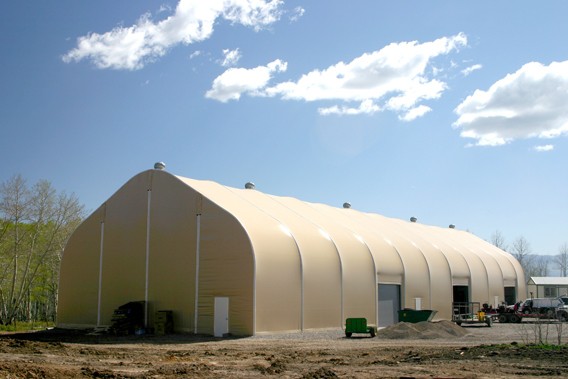
Versatile, strong, and portable, tension fabric buildings present many advantages over similar-sized wood, metal, pole, and other traditional structures.

You may have your operations housed in an old building, wasting energy and driving up costs due to poor insulation, etc. Before you begin upgrades, it’s important to explore all your options for repairing an old structure or building a new one. Sometimes repairing an old structure can be just as expensive as building a new one, and both take a lot of time. Another option is to use a fabric building to support your operations, as they are fast and easy to setup. In addition, they are typically less costly than upgrades or a building a brick-and-mortar structure. Alaska Structures designs fabric structures with a host of benefits and ways to save and increase energy efficiency.
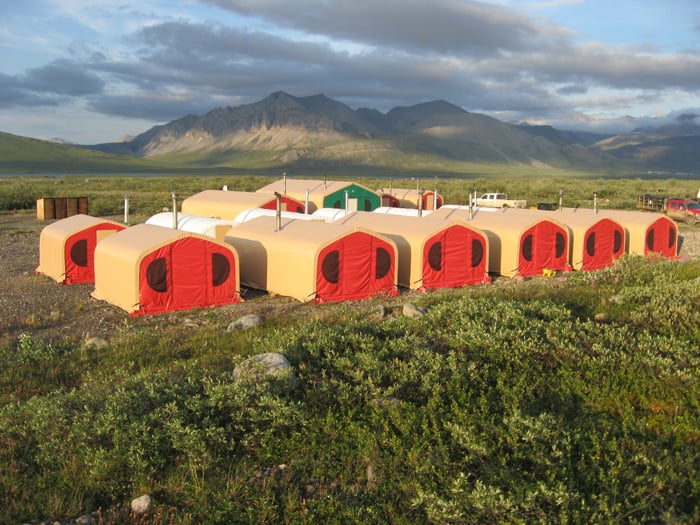
ISO shipping containers provide a way for intermodal transport, shipping items from the ship to the rails and then to trucks. This versatility doesn’t translate to housing and camping, however some commercial and governmental operations use them for this purpose. Imagine trying to sleep or work inside a metal crate with no windows or insulation. Those aren’t optimal conditions to live or work in. A better option for a camp system would be a fabric structure, designed to house people and equipment. Factors that make fabric structures a better option are safety, shipping costs, portability, construction costs, versatility, and energy efficiency.
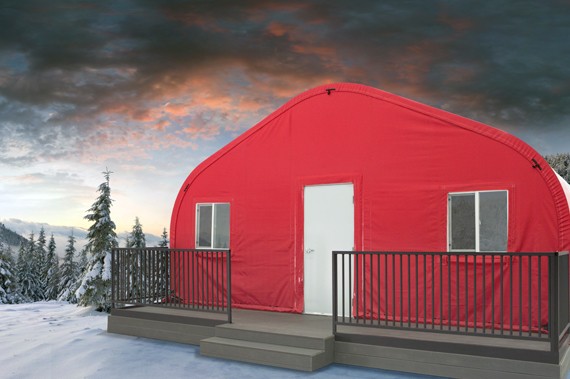
Nationally and globally there have been efforts to reduce waste and pollution on our planet, including the recent Paris Agreement. With global warming and new legislation, operations must use energy-efficient and eco-friendly buildings to help the planet and avoid lawsuits. Green buildings efficiently use energy, protect occupant health and reduce waste and pollution according to the Environmental Protection Agency. Alaska Structures offers a solution for operations managers that will follow EPA standards while not increasing operation costs a lot. Their fabric structures are equipped with lots of options that cut down energy costs, are reusable, and comfortable for employees to work in.